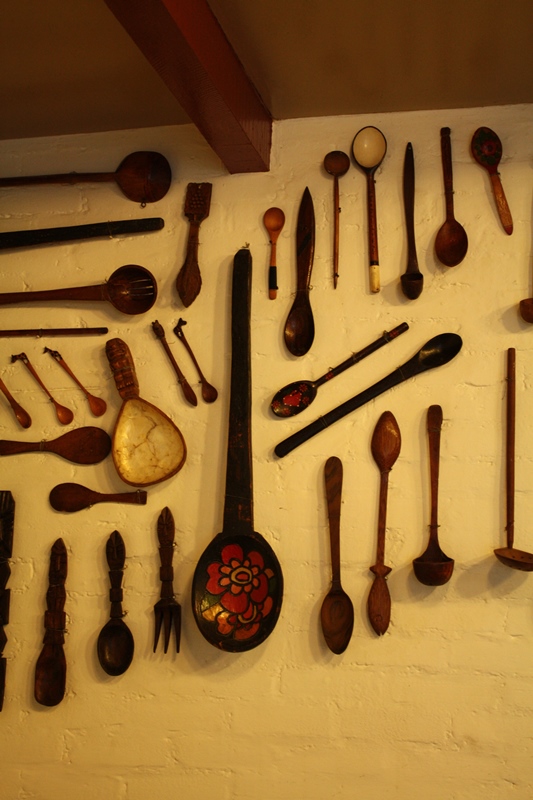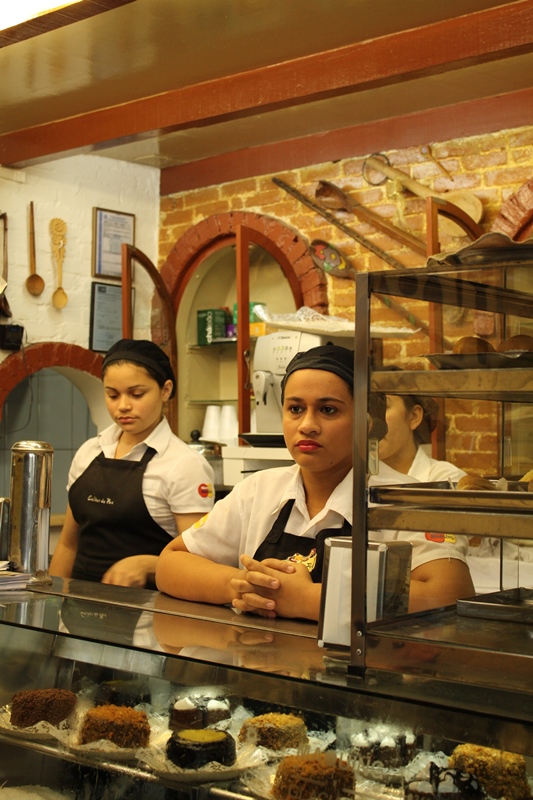Colher de Pau – Sweet Little Store
Part One
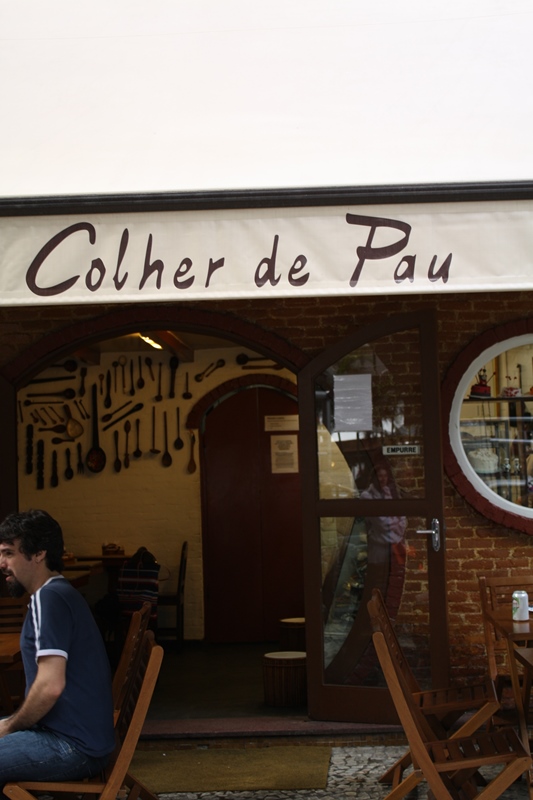 If there is one thing that most cariocas (someone born in Rio) seem to agree on is that the best Brigadeiro in Rio is from Colher de Pau. For a candy that hasn’t changed much with the passing of time, the award for “best Brigadeiro in town” goes to this little store year after year.
If there is one thing that most cariocas (someone born in Rio) seem to agree on is that the best Brigadeiro in Rio is from Colher de Pau. For a candy that hasn’t changed much with the passing of time, the award for “best Brigadeiro in town” goes to this little store year after year.
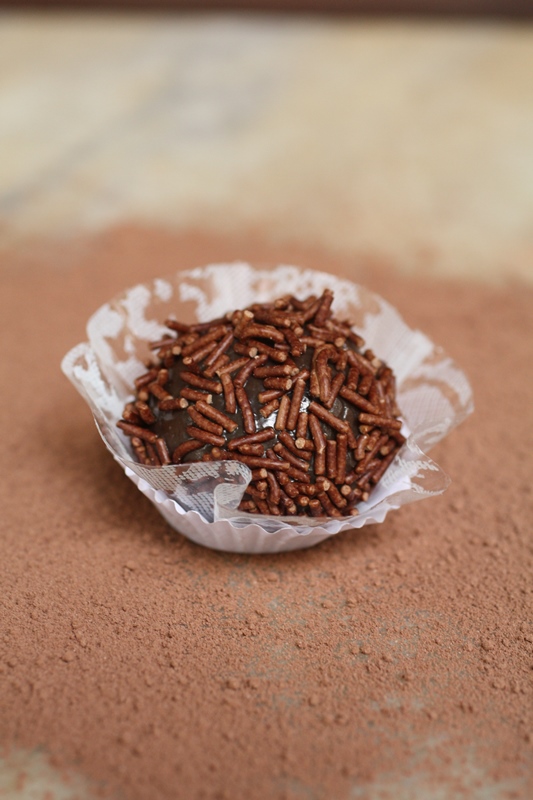 Brigadeiro might be the flagship of the store, but Colher de Pau has many other specialties like Toalha Felpuda (we’ll get to that in a minute), Apricot -Poppy Seed Cake, Cajuzinho, and plenty of savory pastries. One of my favorite carioca moments is to eat an empada followed by a Brigadeiro in the middle of the afternoon. And that is exactly what I did on a recent visit to Colher de Pau while talking to its owner, Lucy Kaner, about this very special store.
Brigadeiro might be the flagship of the store, but Colher de Pau has many other specialties like Toalha Felpuda (we’ll get to that in a minute), Apricot -Poppy Seed Cake, Cajuzinho, and plenty of savory pastries. One of my favorite carioca moments is to eat an empada followed by a Brigadeiro in the middle of the afternoon. And that is exactly what I did on a recent visit to Colher de Pau while talking to its owner, Lucy Kaner, about this very special store.
Over the past 30 years, Colher de Pau has been serving sweets to the sweet tooths of Cariocas. “ Of Brigadeiro alone, we sell over 100 a day”, says Lucy. Today she runs the store, carrying on the legacy of her mother Gimol Kaner, who passed away in 2004 at the age of 74.
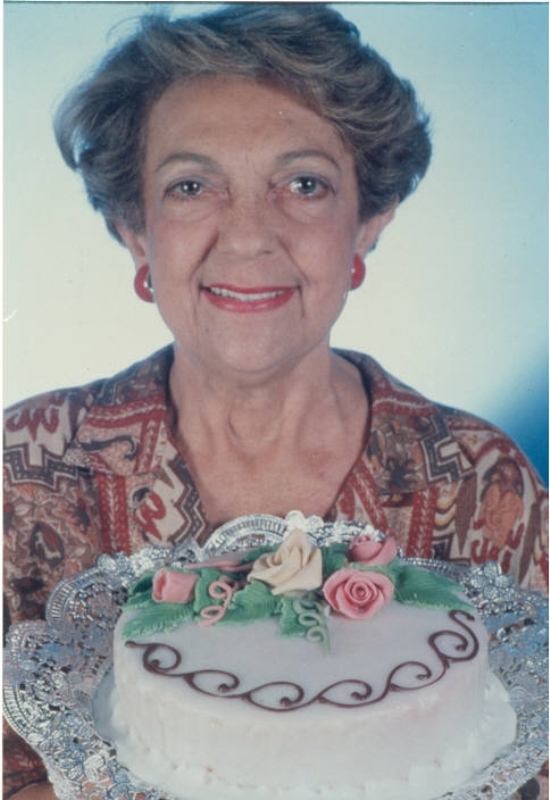 “My mother started cooking Brigadeiros in her own kitchen. The fudgy and chocolaty smell of the candy attracted neighbors and friends”, Lucy tells me with the hint of melancholy in her eyes of a daughter who admired and misses her mother immensely.
“My mother started cooking Brigadeiros in her own kitchen. The fudgy and chocolaty smell of the candy attracted neighbors and friends”, Lucy tells me with the hint of melancholy in her eyes of a daughter who admired and misses her mother immensely.
Gimol Kaner’s parents were Sefaradi Jews who came to Brazil from Portugal in the mid 1900’s as part of the wave of immigrants looking for a better life. Encouraged by fans of her baking – and in particular of her Brigadeiro – Gimol started the store in 1974 and worked there religiously until the day of her death.
She had a magic hand for all things sweet, and connected with every customer by matching the perfect cake to the taste of each one of her clients.
Every cake displayed at the store carries a sense of tradition. “The world is changing too fast, but when you look for comfort, you reach for tradition. That’s what gives us security”, says Lucy offering me a Brigadeiro.
As I tasted the soft fudge candy, I closed my eyes and saw a movie of myself as a child growing up in the1980’s, eating the exact same candy, and longing for another one. Brigadeiro is the fundamental candy of my existence.
I remember my private English classes just a few doors down of Colher de Pau, and the smell of sweets that came through the windows, penetrating the classrooms, and distracting the students (specially me). I learned English along with the smell of fudge, which probably explains why I am here today.
Eating the sweets of Colher de Pau is a journey into the past. Lucy is lucky to have had such a mother, such a tradition, such a store.
If you enter the store for the first time, you might ask yourself, why the buzz? The decor is dated, the tables are bare, small, with old brushed marble tops, and squeaky chairs. The white brick walls are decorated with wooden spoons collected by Gimol, showing that her spirit leaves on. There is a recipe and a story behind each spoon. “The wooden spoon is a symbol for anyone who cooks. Brigadeiro is more of a metaphor– it represents tradition”, says Lucy.
Colher de Pau is a landmark in Rio. It’s truly carioca and it ‘s the perfect expression of a place, a time, and a culture. No matter how cosmopolitan Rio is, or how voguish it aspires to be, Colher de Pau should never change its looks. Nor its recipes. Thirty something years have passed, and the brigadeiro of my childhood is still there, more fudgy, handsome, and seducing than ever.
The store in Leblon is not the only one in Rio. Colher de Pau has a branch in Ipanema, with a slightly different profile, as the street Farme de Amoedo has a more active nightlife. “In Ipanema, we offer another menu, with beer from around the world. There are a lot of dishes, hot meals, and everything harmonizes with beer”, says Lucy.
Colher de Pau’s kitchen is full with busy women. While one is arranging a box of Brigadeiros, another is serving empadas. Others are preparing sweets back in the kitchen. Each of these sweets is labor intensive. Most of these cakes are so traditional, so unalterable, that they can be challenging for the home cook to prepare.
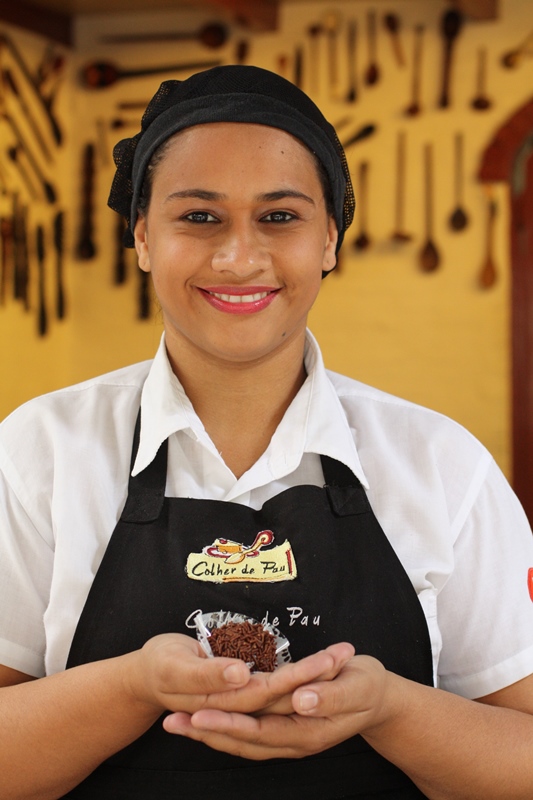 Lucy went on to show me a cake called Toalha Felpuda. I fell on my knees!
Lucy went on to show me a cake called Toalha Felpuda. I fell on my knees!
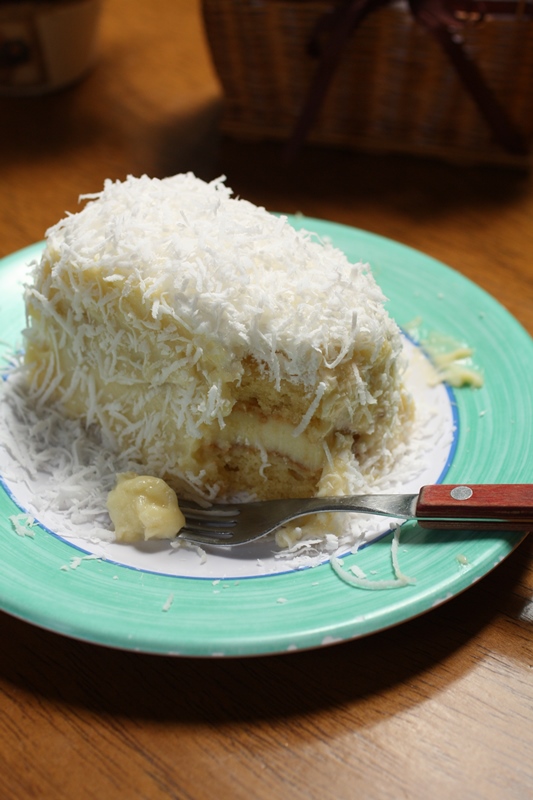 There is so much to say about this cake, that we better leave it for the next post.
There is so much to say about this cake, that we better leave it for the next post.
Warning: You will read the entire post and devour the entire cake.
Stick around!
Colher de Pau
Rua Rita Ludolf, 90 loja A
Leblon
Tel: (011-55-21) 2274-8295

